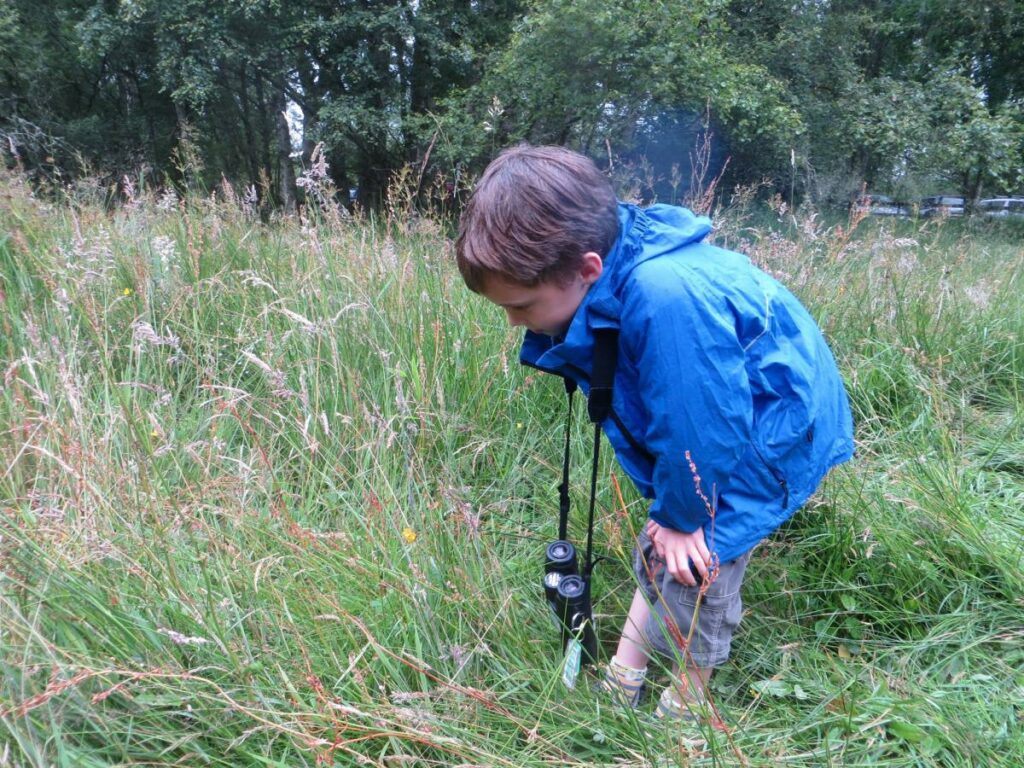Biological recording is an important scientific activity – but everyone can join in! There has never been an easier time to identify what you see and make your record available to the world community. The BDS already has over a million verified records, some going back into the 19th century, and we want to keep our position in the 21st century as one of the most respected insect recording schemes in the world.
What is a record?
A dragonfly record has four main elements:
- WHO? – Your name and contact details
- WHEN? – The date you made your sighting
- WHERE? – The location of the site where you made your sighting
- WHAT? – The species you saw
Other useful information includes how many you saw and any breeding behaviour observed. Online recording systems will help you find your location.


What did you see?
Although it may seem daunting to start with, dragonfly identification skills can be learnt by anyone. Good places to start are garden ponds and local wetland nature reserves. Start by separating dragonflies and damselflies. You can separate the dragonflies into broad ‘types’ (e.g. hawkers, chasers and darters). The time of year and location will narrow down the number of species to consider, as will the habitat (still or flowing water). Using close-focussing binoculars and especially taking photographs will help you to see the specific markings that separate species.
Need help with identification?
The Dragonfly and Damselfly Identification Help page will give you tips. In addition, there are several excellent field guides available through the BDS Shop.
Still not sure?
Your local County Dragonfly Recorder may be able to offer help. If you have taken a photograph, you can submit an ID enquiry to an expert panel for identification. Consider attending a BDS field meeting or a training course, such as those run at the BDS/National Trust Dragonfly Centre at Wicken Fen and by the Field Studies Council.
